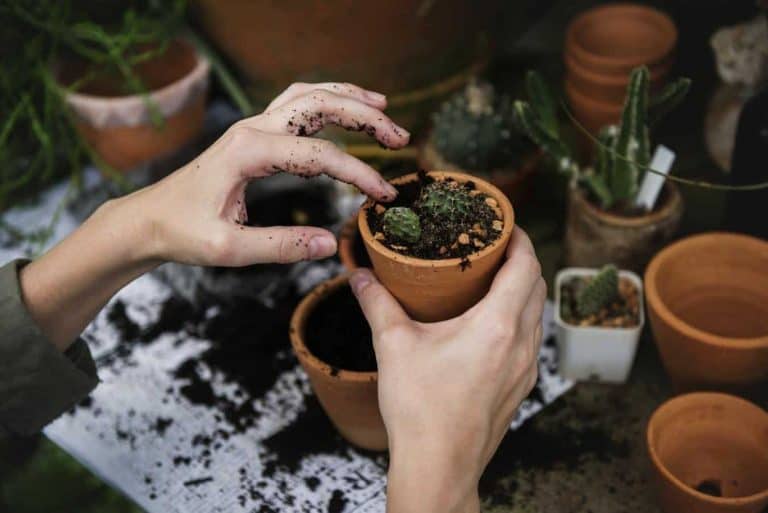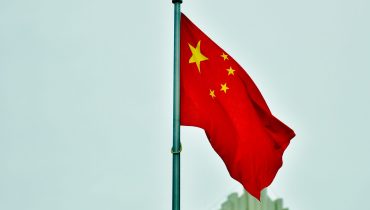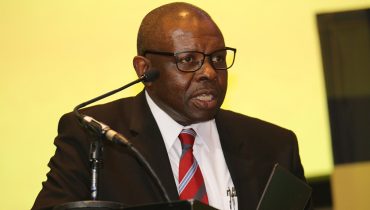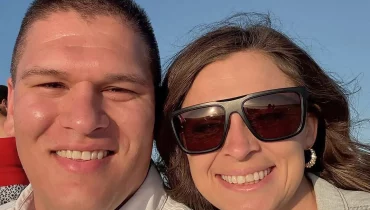Written: Glynn Alard | @glynn_alard
Header image: Lifehack
Droughts, blackouts, violence, and a pandemic. All these factors have caused us in one way or another to change how and when we move around.
Many of us have stopped going to the places we freely used to visit before. All this has led to us spending more time at home, and spending more time with our families.
The Cape water crisis lasting from 2015 to early 2019 saw our dam levels becoming dangerously low, threatening our water security. This affected the price of goods, reducing available income for leisure and recreation.
Rolling blackouts due to the load shedding of electricity supply meant that many of the malls, stores, and entertainment venues we frequent were unavailable to access during those times. In response to violence associated with organised crime, during July 2019 the SANDF (army) was posted to parts of the Cape Flats for the first time since 1989, during the latter years of apartheid. Rampant levels of violent crime associated with gangsterism made us fearful and restricted our daily movements to what was necessary.
Finally, the emergence and rapid global spread of a new coronavirus in late 2019 (Covid-19) resulted in a quick response where many parts of the world – particularly urban areas – were compelled to endure various forms of enforced lockdown, which we still endure today, and may face in the coming months.

Wow, Cape Town! You’ve been through a lot in the last five years! How did we deal with it all?
We stayed at home (many of us, anyway). But it wasn’t all doom and gloom. Many of our families became closer.
Communities spoke more within themselves, bound together by discussing frustrations and implementing innovative solutions to crises beyond their control. Our previously busy schedules changed; and we spent time collecting water together, planning our washing, bathing and cooking together. Kept a watch of our streets to inform our neighbours, and kept safe by looking after our vulnerable family members during the pandemic. We will never forget these times. In the beginning, each crisis was a novelty. This feeling soon wore off, and then our resilience made us outlast each struggle!
There were other benefits. People started doing home-based hobbies and developed new interests. From TikTok videos to cooking new recipes, from gardening to home repairs, many of us non-essential workers had lots of free time and little to do.
A few people started looking downward, under their very nose, between their feet. Wild plants grew and flowered on our pavements and garden edges, and some wondered what their names were. Birds and goggas we saw our whole lives begged the question: what are you?
As a lifelong nature lover and conservationist, I’ve been visiting open areas for a while and noticed a visible uptick in visitors to these sites as soon as Level 4 lockdown allowed 3-hourly morning exercise allowances. Friends of mine who never had a particular interest or knowledge-based of our local species and ecosystems before had the time (and boredom) which forced them to do something new.
But how do we access the information for the biodiversity around us? How do we find out the name of that blommetjie growing on the pavement? Or that interesting bug under a backlight every night? Books can be expensive – even second-hand ones – and difficult to navigate if one lacks the basic knowledge of looking down at individual organisms.
Almost two years ago, I was introduced to an application called iNaturalist that allowed me to photograph any living organism, from seaweed to crickets, flowering plants to birds, with my mobile phone. I didn’t need any data, but my phone needed to have Google Maps. (I know that this is not within everyone’s reach, but many of the readers of this article may have the technology to use this tool). I can use Wi-Fi where and when I can to upload these images, and a community of experts and local nature-lovers can see your observation, and identify the organism in your photograph.
This means that the landscapes people have seen have so much more meaning. We value the things we find meaningful. But it all starts with knowing, with knowledge. We can use technology in a way which connects us deeply to the natural world by giving access to knowledge to each interested observer, who would otherwise never get to meet those who know.
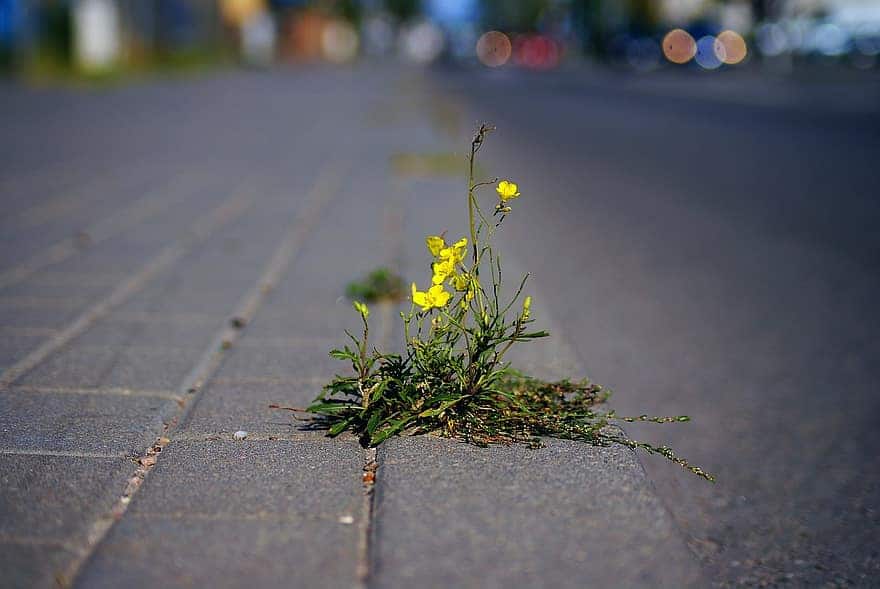
I hope you’ll join me on this lifelong journey of getting to know our planet. Let’s use the extra time available to us during these crises to enrich our minds. I am certain that once you are armed with this portal to knowledge, you will see the world around you with brand new eyes. Discover the tiny worlds around and beneath you – right under your nose!
more about the author
Glynn Alard holds a career of just over 20 years in the field of nature conservation, ecology and education. He graduated with a BTech degree in Nature Conservation (CPUT), Master of Science degree (Wits) and a Post-Graduate Certificate in Education (UCT). He is registered with the South African Council of Educators and the South African Council of Natural Scientific Professions


